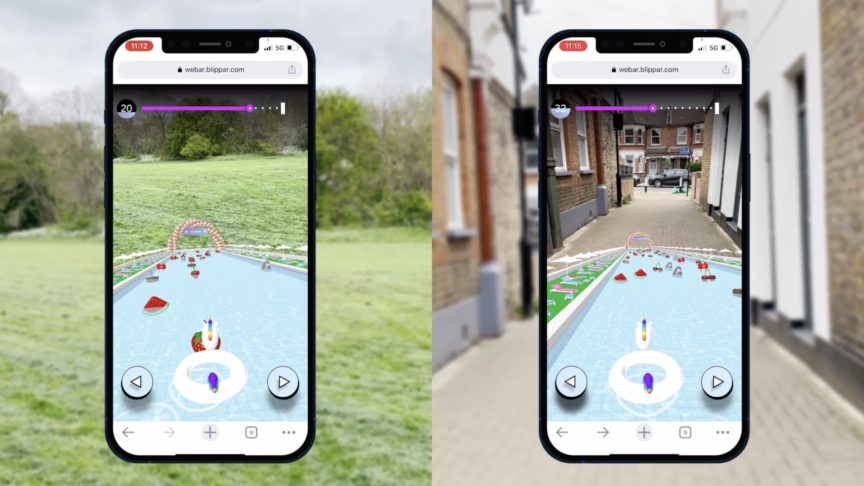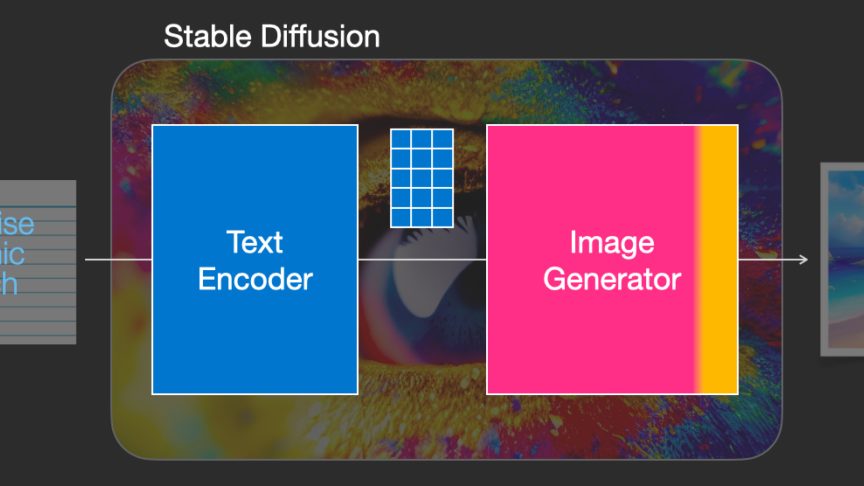The metaverse has arrived at an important tipping point. After years on the margins, easy-to-use and scalable tools and technologies to support real experimentation are here and the commercial incentive is compelling. These factors have led to a burst of innovation, and the results from this explosion of activity are fascinating. Major CPG brands are launching new products in Fortnite, fast-casual food brands have created virtual play spaces in Roblox and Horizon World, and dozens of luxury brands just participated in the Metaverse Fashion Week in Decentraland.
Brands are already going big—fast. By 2025, 75% of the global population will be frequent augmented reality (AR) users according to a 2021 Deloitte Digital study. And while AR isn’t the only way virtual worlds will take shape, it’s one of the main ways—and brands can easily experiment with AR without a significant investment in time or resources.
These are not high-risk R&D-style investments, and they are not gimmicks. For brands, the benefits of AR are material and measurable:
- It drives attention. It’s multi-sensory, creates an emotional connection and increases brand recall by 70%.
- It’s interactive, not interruptive. Consumers actively initiate AR and engagement goes beyond just a view. The fun factor also makes people more likely to share AR campaigns.
- It boosts conversions. 26% of smartphone shoppers are more likely to buy products from retailers that offer AR experiences.
Until recently, AR initiatives were fragmented across platforms, making it costly and complex to scale branded initiatives effectively. Measurement was either nonexistent or inconsistent. But all that’s changing—fast.
To meet the increasing demand for AR experiences, agencies, creatives, brands and consumers are racing to adopt easy-to-use, yet scalable solutions. Just as creative tools have democratized design (Canva), podcasting (Descript) and newsletters (Substack), the same thing is now happening in AR. Easy-to-use, scalable solutions (the first to arrive is our own Blippbuilder) are democratizing AR so you can create once and run anywhere. And brands as varied as Google, PepsiCo, OnePlus, Hulu, General Mills and P&G are going for it.
So how are brands getting started? Here are just a few ways they are unlocking the power of augmented reality to engage consumers:
In-product games: This year for the Olympics, select Canadian General Mills product boxes featured QR codes that launched interactive games and let fans send digital cheers to Olympians.
Extended content: Hulu created an AR experience to promote the launch of the show ‘Nine Perfect Strangers,’ letting people interact with characters. Heinz used AR to turn its label into a flippable recipe book.
Product launches and commerce: An AR-powered shopping experience was key to launching Timberland’s new boots during the height of the pandemic. Customers could interact with the products, see how they are made—and then click to purchase. Similarly, OnePlus launched its OnePlus Nord product live in AR, bringing in 7 million views and making it one of the biggest selling phones in its price segment.
New worlds: PepsiCo created a metaverse portal for its Rockstar Energy fans (no headset required, just a phone) that let them travel through a portal, pick a record, play an arcade game, and choose their favorite skater.
Immersive advertising: Land Rover let customers sit in a virtual driver’s seat. Rich media banner ads for the Range Rover Velar SUV allowed users to see the world around them from the inside of the car using nothing but their smartphone camera. AR allows the user to go from a flat display ad format straight into an immersive, format that is more engaging, interactive—and more likely to convert than traditional advertising or video.
While many of these examples are high-polish executions for household brands, the truth is that no-code SaaS tools are here, and they’re already creating the same immersive and magical experiences for any brand marketer with a little inspiration and a mobile phone.
The metaverse is upon us, and it’s everything from augmented reality to interactive experiences to online worlds that are an extension of our lives (in other words, we’re already soaking in it). Brands (and even consumers) that embrace it now will reap the benefits of early adoption.



